|
www.passioncompassion1418.com
|
SURVIVING GUN FILE (# 1428)
|
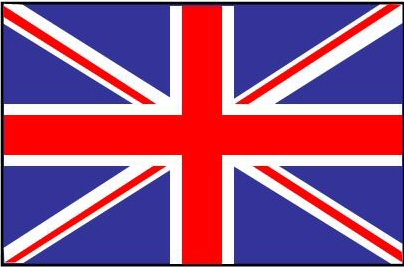 Great Britain
|
|
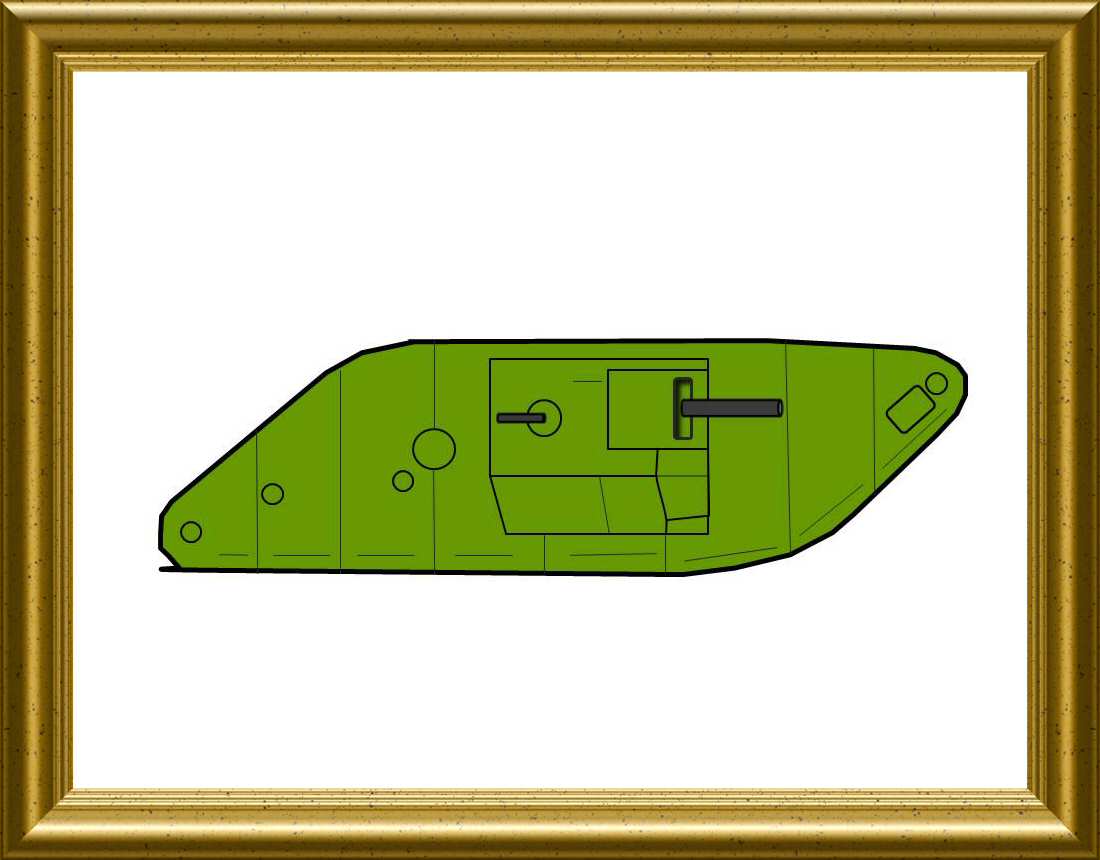 Tanks artillery
|
|||
|
Contributor :
|
Location :
United Kingdom Bovington Tank Museum
Coordinates :
Lat : 50.69550 / Long : -2.24270
|
General comments on this surviving gun :
Identical items in the same location :
2
Items covered by this file : 2 |
|||
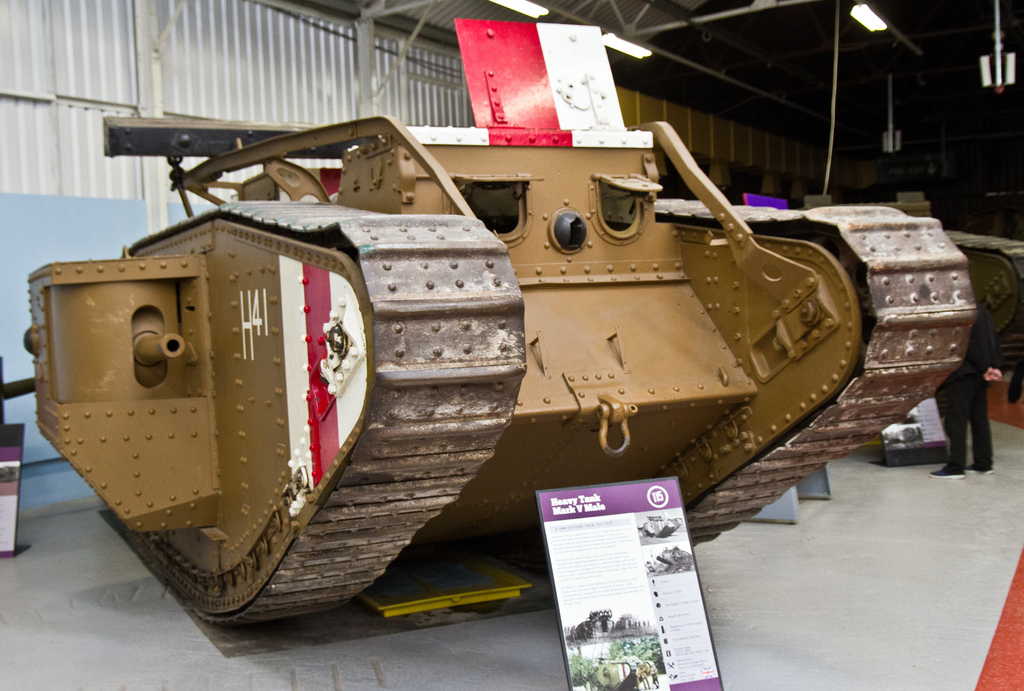
|
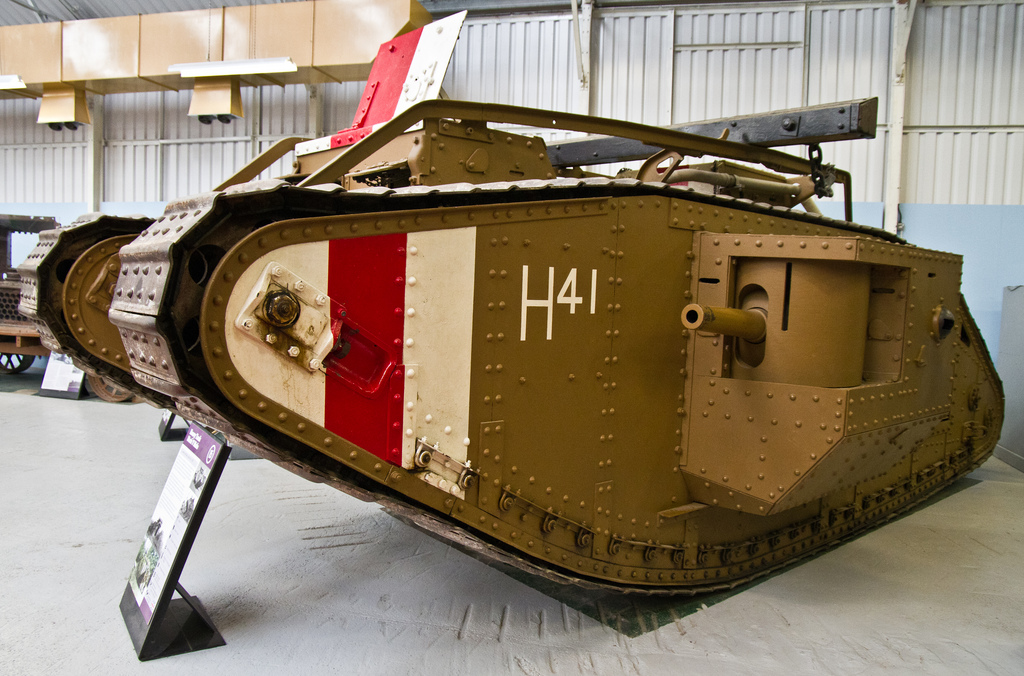
|
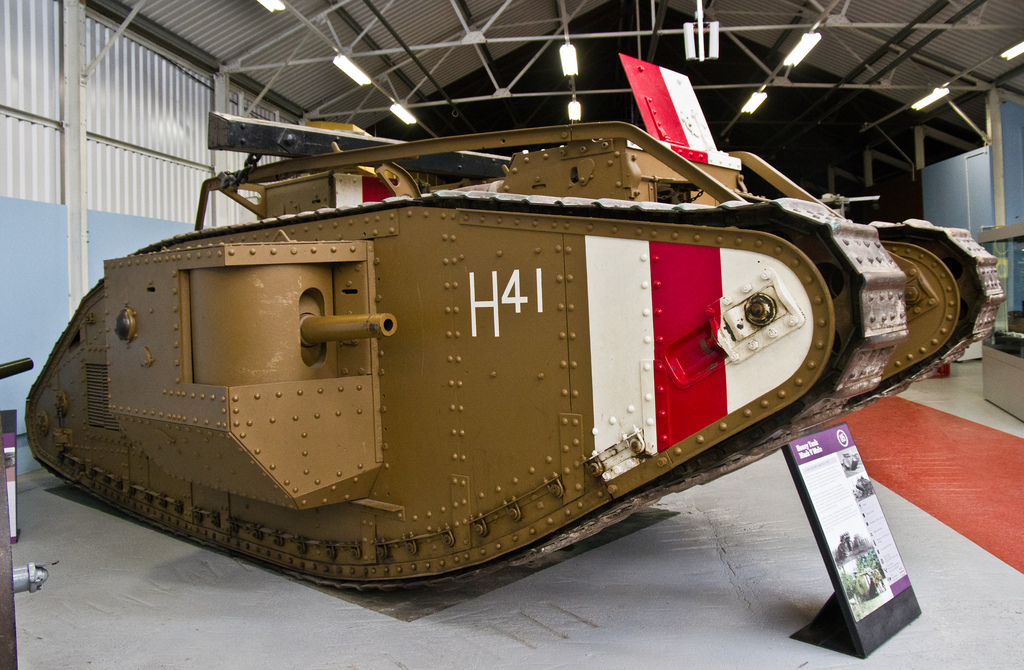
|
|||
|
Historic and technical information
|
|||||
| Denomination : QF 6-Pdr 6cwt |
Origin :
|
||||
|
Historic context :
The experience gained on the battlefield from September 1916 by the Mark I tanks and the enthusiasm of the General Haig who requested the same month the production of 1000 additional tanks allowed the birth of the project of a new model whose design was achieved in October 1916, and whose manufacturing started in March 1917.
But the Mark IV was also introducing a change in the main weapon : the long length of the original 6-Pdr gun of 40 calibres was a big issue on the battlefields since it was often hitting obstacles or even dug in the mud when moving on devastated grounds or crossing trenches or shell holes. So a modified version with a shortened barrel (about half length) was designed on pn that exclusive purpose. This new '6-Pdr 6 cwt' gun now had a 23 calibers length only. The diminution of the shell initial speed had no consequence given the short ranges needed by the missions devoted to the tanks on WW1 battlefields. The Mark IV had their first battle experience during the Messines battle in June 1917. The same 6-Pdr 6 cwt gun equipped the next successive British heavy battle tanks Mark V, Mark V*, Mark V**, Mark VI, Mark VII and Mark VIII. It was also adapted as an armored train weapon, operating during WW2 on the grounds of the British Islands. |
Technical data :
|
||||
|
Sources
|
|||||
|
|||||